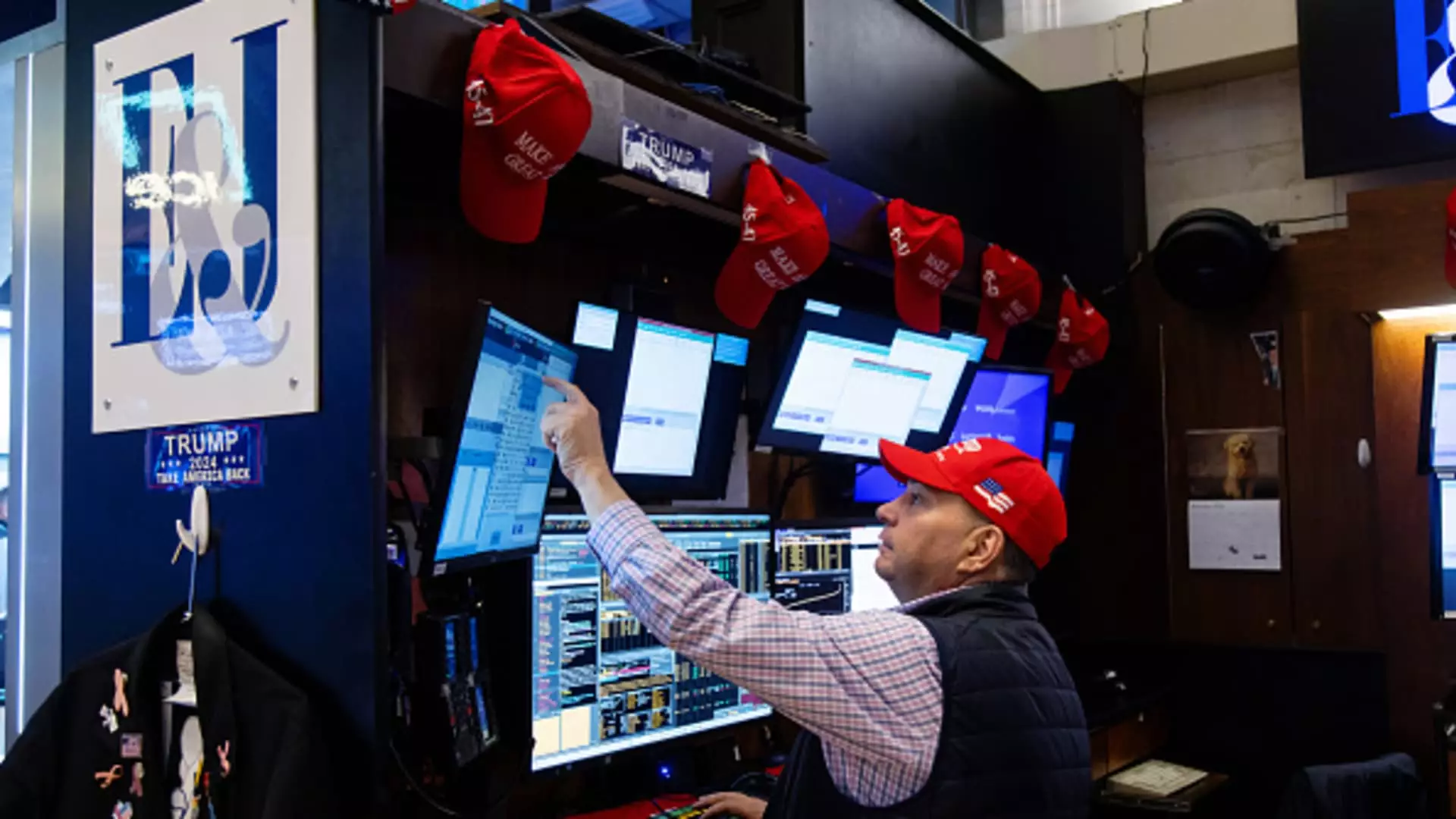The financial markets have always been a compelling domain for investors and analysts alike, and the latest trends indicate a significant surge across multiple sectors. The recent performance of major indices is a testament to this momentum, reflecting a favorable economic environment and investor sentiment. In this article, we will explore the reasons behind these market movements, particularly focusing on key sectors and their implications for the future.
As we analyze the most recent trading session, it’s noteworthy that major stock indices such as the Dow Jones Industrial Average, Nasdaq Composite, and S&P 500 achieved record highs. The Russell 2000 also demonstrated remarkable strength, marking a substantial 5.84% increase, indicative of small-cap stocks’ resurgence. Such gains suggest that investor confidence is robust, likely buoyed by favorable macroeconomic indicators and corporate earnings that outpaced expectations.
The Dow gained 3.57%, while the S&P 500 climbed 2.53%, both reaching new all-time highs. The Nasdaq Composite’s 2.95% uptick solidifies the technology sector’s continued strength, as investors flock to growth-oriented stocks amidst a generally optimistic outlook. This scenario demonstrates the dynamic interplay between various sectors, where positive performance in one often correlates with overall market vigor.
Delving deeper into sector performance, financials emerged as the prominent leader, advancing 6.16% during the session. This nifty rise suggests that investor sentiment is favoring financial institutions, likely due to increasing interest rates and an anticipated boost in loan demand. As the economy gears towards recovery, financials are often among the first beneficiaries, leading to increased profitability.
Industrial stocks also displayed vigorous growth, with a 3.93% increase, which resonates with the revitalization of manufacturing and infrastructure projects. Energy stocks, while slightly less vigorous at 3.54%, contribute to an overall sense of positive momentum; however, the sector remains sensitive to fluctuating oil prices.
Contrastingly, the real estate sector faced challenges, declining 2.64%. The cooling down of this sector indicates a potential shift in investor focus toward more growth-oriented industries. Commodities’ price fluctuations, interest rates, and economic growth rates typically dictate real estate performance, so this downturn could reflect broader market sentiments.
As the markets continue to show promise, specific stocks within the transportation and technology sectors are worth highlighting. The SPDR S&P Transportation ETF soared by 6.6%, showcasing a robust recovery for firms in logistics and manufacturing. Notably, ArcBest’s 16% gain on the day signifies optimism about the company’s operational efficiencies and broader economic indicators suggesting increased movement of goods.
Conversely, Lyft, while down from its earlier highs, revealed a 31% appreciation over the past three months. As CEO David Risher prepares to provide insights on “Squawk Box,” investor reaction will likely hinge on future growth prospects as ride-sharing continues to adapt post-pandemic.
Similarly, Arm Holdings, a rising player in the tech space, reported quarterly earnings that fueled a 28% increase in its stock value over three months. However, the firm remains 23% below its July high, indicating that while growth potential is evident, there may be market corrections ahead.
As we peer into the coming sessions, the anticipation surrounding quarterly earnings reports becomes critical. Companies like Cloudflare and Datadog are set to report soon, and their performance may further steer market sentiment. Investors will keenly watch these reports for insights into recurring revenue, growth trajectories, and macroeconomic adaptations.
Furthermore, the fluctuations in the 10-year Treasury yield, which sits at 4.43%, will continue to influence investor behavior across sectors, as higher yields typically signify an inclination towards lower-risk investments.
The current market landscape reflects a blend of optimism and caution. While new highs in major indices and sector movements demonstrate investor confidence, sector performance disparities warrant close monitoring. As earnings reports surface and economic indicators unfold, the continued trajectory of these markets will likely remain robust, albeit with a watchful eye on valuations and macroeconomic conditions.

